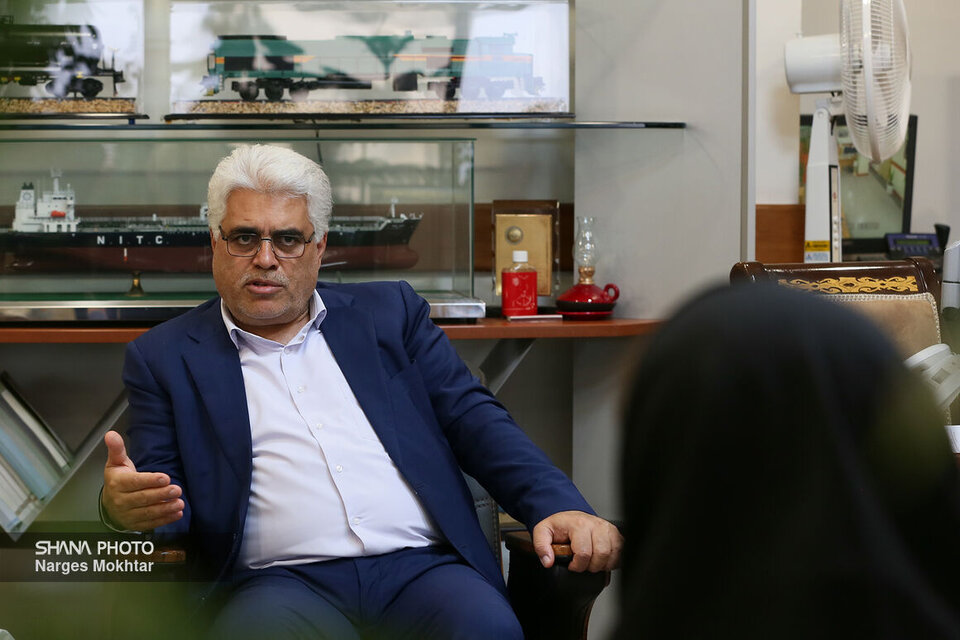Keramat Veis-Karami said more than 110 billion cubic meters of compressed natural gas (CNG) have been distributed nationwide in the past two decades, equal to saving about 110 billion liters of gasoline.
He said dual-fuel expansion is being pursued through both factory production and workshop conversions. Two agreements with automakers call for production of 55,000 dual-fuel sedans and pickups. Based on company estimates, those vehicles could reduce gasoline consumption by about 330 million liters a year.
Veis-Karami stressed that conversion costs are fully covered by the government. “People will not pay anything for the workshop conversion. Their vehicles become dual-fuel, and their fuel quota is adjusted accordingly,” he said. Public vehicles such as taxis, pickups and ride-hailing cars, along with private cars from 2018 onward, may register at gcr.niopdc.ir. After registration, vehicles are sent to one of 340 authorized workshops for free conversion.
CNG savings, capacity
Since the launch of Iran’s CNG industry in 2004, the country has distributed over 110 billion cubic meters of the fuel, saving the equivalent of 110 billion liters of gasoline, according to Veis-Karami.
Currently, about 4.2 million dual-fuel cars are operating in the country, and fuel stations can supply more than 35 million cubic meters of CNG daily, he said.
Veis-Karami added that the program is designed to expand both factory-built and workshop-converted dual-fuel vehicles. The cost is financed through gasoline savings, while the environmental benefits include reduced emissions and greater use of clean fuel.
Automaker agreements
Weiskarami said a $15 million contract with Iran Khodro calls for production of 25,000 dual-fuel vehicles, including 20,000 pickups and 5,000 sedans, expected to save about 150 million liters of gasoline annually.
Another deal with Zamyad will add 30,000 dual-fuel pickups. Together, the two contracts will bring 55,000 dual-fuel vehicles to the market, saving an estimated 330 million liters of gasoline per year.
He explained that the government offsets conversion costs through reduced subsidies. For example, a gasoline sedan currently receives a monthly quota of 60 liters of subsidized gasoline. After conversion, the quota drops to 30 liters, with the remaining 30 liters counted as savings to fund the program.
Conversion capacity
Iran has about 340 active workshops capable of converting more than 1,000 vehicles a day, Veis-Karami said. He added that authorities aim to increase public awareness to encourage more drivers to register and take advantage of the free program.


Your Comment